With water levels at their highest in a decade and shortages at their lowest in over 30 years, the Indus River System Authority (Irsa) has unanimously blocked a proposal by Wapda to release nearly half of Tarbela Dam’s storage within a month and to extend deadlines for two delayed tunnels. At a recent meeting of the Irsa Advisory Committee (IAC), chaired by Irsa Chairman Sahibzada Muhammad Shabbir, Wapda requested permission to lower the Tarbela reservoir from its peak level of 1,550 feet to 1,495 feet by November 10. They also asked for deadline extensions of eight months and one year for Tunnel 5 (T5) and Tunnel 4’s Low Level Outlet (T4 LLO), both of which are already significantly overdue — one by nearly three years and the other by 33 months.
Irsa members from Sindh and Punjab firmly opposed the proposal, arguing that discharging 2.8 million acre-feet of water into the sea when there was no irrigation demand would waste valuable resources. The committee stressed that Pakistan’s agricultural output should not be compromised due to Wapda’s construction delays. They warned that such deep drawdowns could harm the upcoming Rabi season and reduce carryover reserves for Kharif 2026. Members criticized the prolonged delays and questioned Wapda’s ability to meet its new timeline, with some even suggesting the tunnels be abandoned if progress cannot be ensured.
Despite the urgency conveyed by Wapda, the delegation was unwilling to guarantee completion of the projects within the requested extensions. The IAC maintained that past allocations of lower water flows to the incomplete tunnels could not be continued indefinitely. With reservoirs currently near capacity — at 99 percent as of September 30 — Irsa emphasized the importance of preserving water levels going into the Rabi season, noting it as a rare and strategic opportunity.
During the session, Irsa approved projected rim-station inflows of 22.016 million acre-feet for the Rabi 2025–26 season and confirmed an overall system shortage of just 8 percent — the lowest in a decade and significantly below the post-1993 average of 18 percent. Provincial withdrawals were also approved at 33.814 million acre-feet, surpassing both the previous year and the 10-year average.
Reviewing the Kharif 2025 season, the committee recorded inflows of 122.364 million acre-feet — 18 percent higher than forecasted, 19 percent above the 10-year average, and 14 percent more than the previous year. However, actual water utilization stood at 62.394 million acre-feet, with heavy monsoon rains and widespread flooding cited as the reason for lower-than-expected demand, especially in the western and eastern rivers.
Under the Water Apportionment Accord of 1991, Irsa finalised provincial allocations for the upcoming Rabi season. Punjab will receive 18.207 million acre-feet, Sindh 13.734, Khyber Pakhtunkhwa 0.701, and Balochistan 1.171 — all of which exceed last year’s allocations and their respective 10-year averages. The total Rabi season water requirement stands at 37–38 million acre-feet, and Irsa will reconvene in December to reassess the water availability and progress on infrastructure projects.

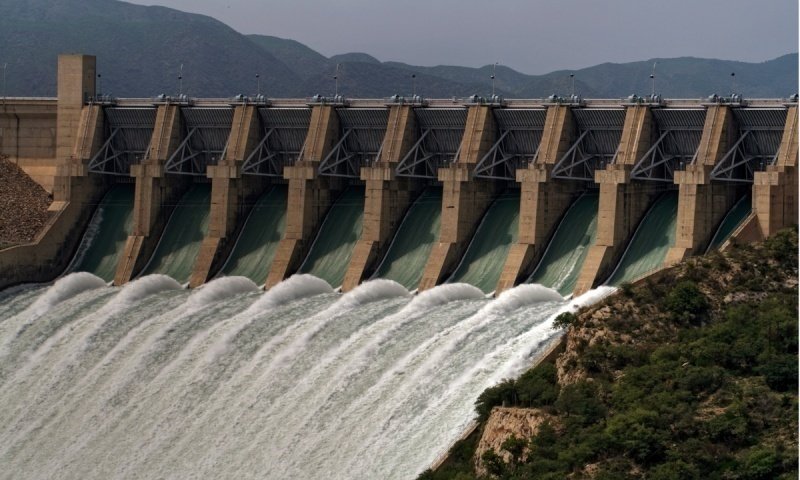







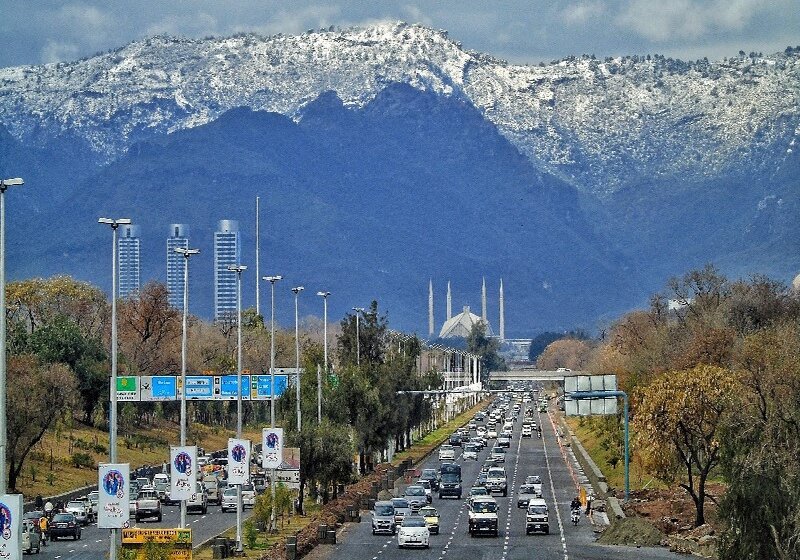
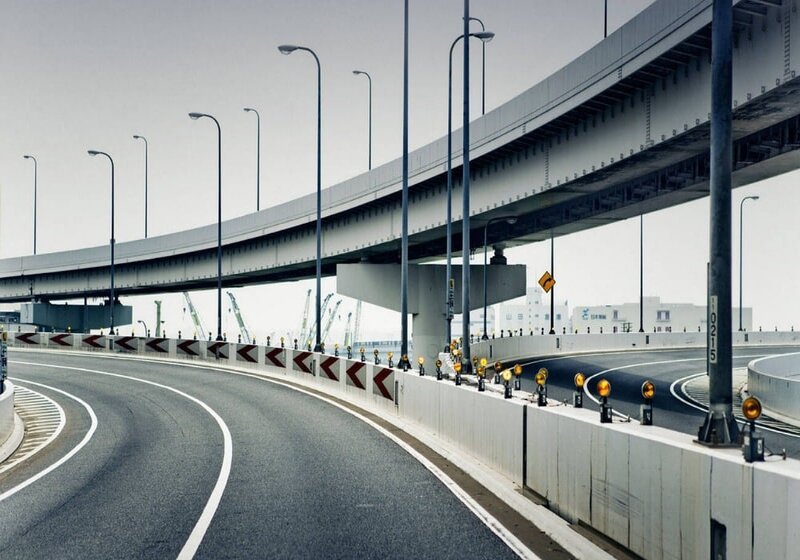















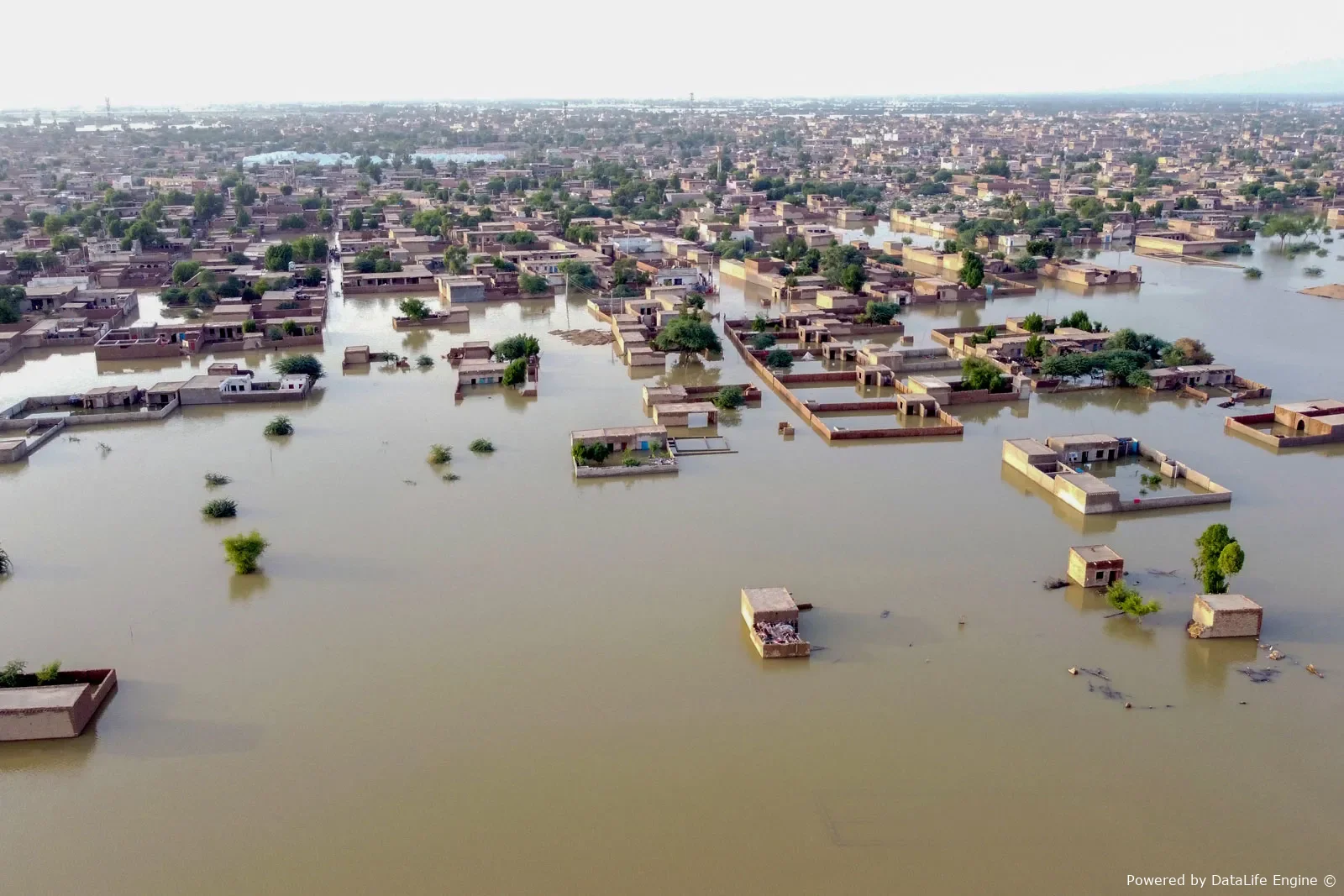


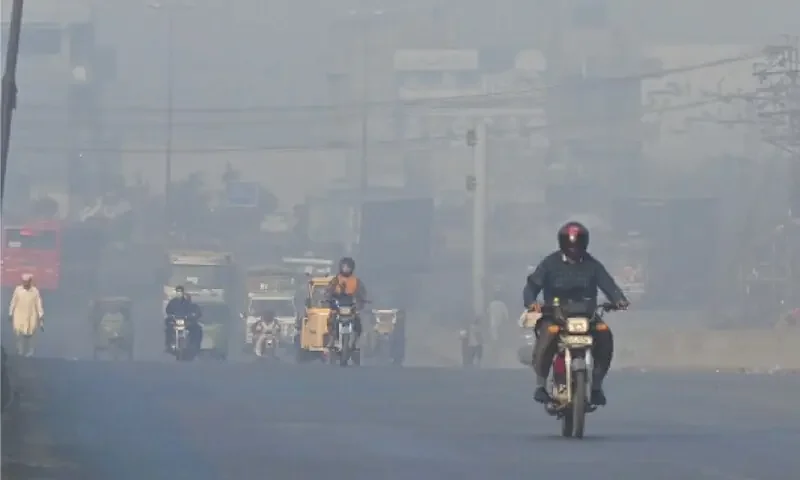
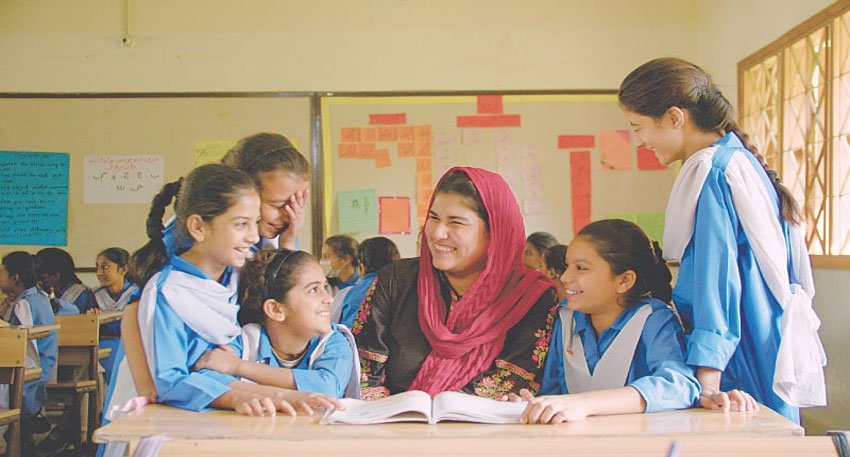



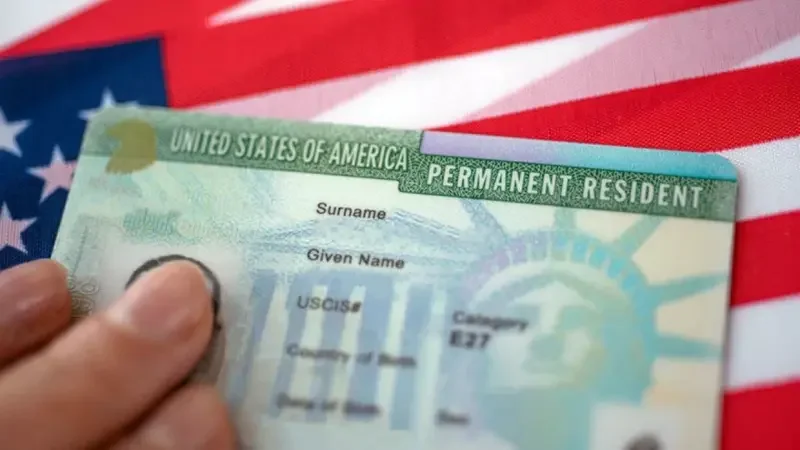
Comments (1)